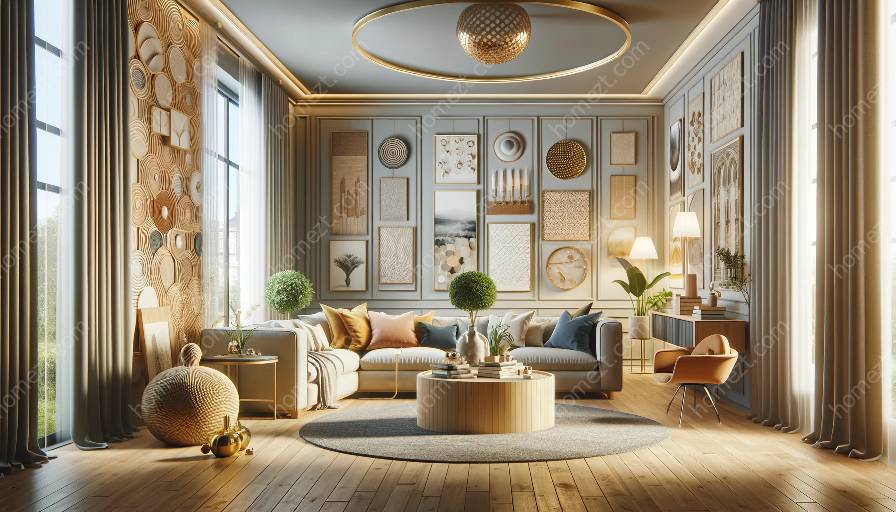Wall coverings and paint techniques are deeply influenced by the cultures of different regions, shaping the way interior design and styling are approached worldwide.
Understanding the cultural influences
The history, traditions, and artistic trends of various regions play a significant role in determining the types and styles of wall coverings and paint techniques used in interior design. Let's explore how cultural influences have contributed to the diversity and richness of global design aesthetics.
Cultural Influences on Wall Coverings
Asian Influence: In Asian cultures, wall coverings often feature intricate patterns and bold colors, reflecting a rich heritage of craftsmanship and attention to detail. Examples include traditional Chinese wallpaper and Japanese paper screens, which are characterized by delicate motifs and symbolism.
European Influence: European wall coverings are influenced by a variety of historical periods and artistic movements. From the opulence of Baroque and Rococo designs to the clean lines of Scandinavian minimalism, European cultures have contributed a wide range of styles to the world of wall coverings.
African Influence: African wall coverings often incorporate vibrant patterns and earthy tones, reflecting the continent's diverse cultural heritage. Designs inspired by African textiles and tribal art bring a sense of warmth and authenticity to interior spaces.
Cultural Influences on Paint Techniques
Middle Eastern Influence: The intricate and geometric detailing of Middle Eastern architecture and design traditions influence paint techniques, such as the use of intricate stenciling, decorative tiling, and faux finishes to create ornate wall treatments.
Latin American Influence: The bold and vibrant colors of Latin American cultures permeate paint techniques, with techniques such as color washing and mural painting reflecting the region's rich artistry and celebration of life.
Scandinavian Influence: Scandinavian paint techniques often embrace a minimalist and natural aesthetic, with an emphasis on light colors, clean lines, and textures that evoke the region's connection to nature.
Impact on Interior Design and Styling
Integration of Cultural Elements: Incorporating wall coverings and paint techniques influenced by different regions adds a layer of authenticity and depth to interior design, creating spaces that resonate with the cultural heritage of their inhabitants.
Cultural Fusion and Eclecticism: The blending of diverse cultural influences allows for the creation of eclectic interiors that showcase a harmonious mix of patterns, colors, and textures, reflecting the global nature of contemporary design.
Enhancement of Atmosphere: Cultural influences on wall coverings and paint techniques help set the tone and ambiance of interior spaces, whether it's creating a sense of tranquility, energy, or nostalgia.
Conclusion
Wall coverings and paint techniques are not only functional elements of interior design but also powerful expressions of cultural identity and creativity. Embracing and integrating the diverse influences of different regions allows for the creation of spaces that celebrate the richness and beauty of global design aesthetics.


























